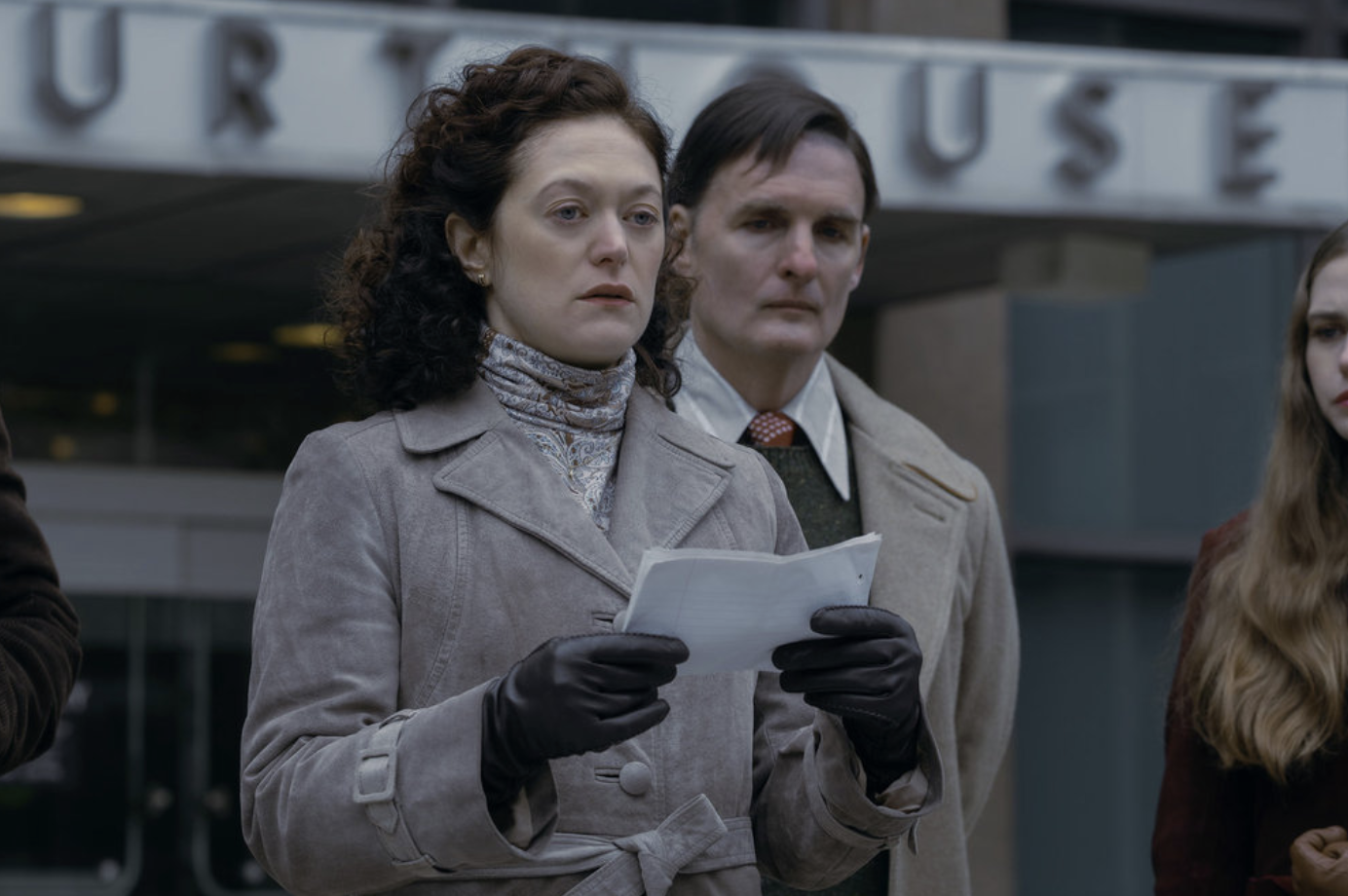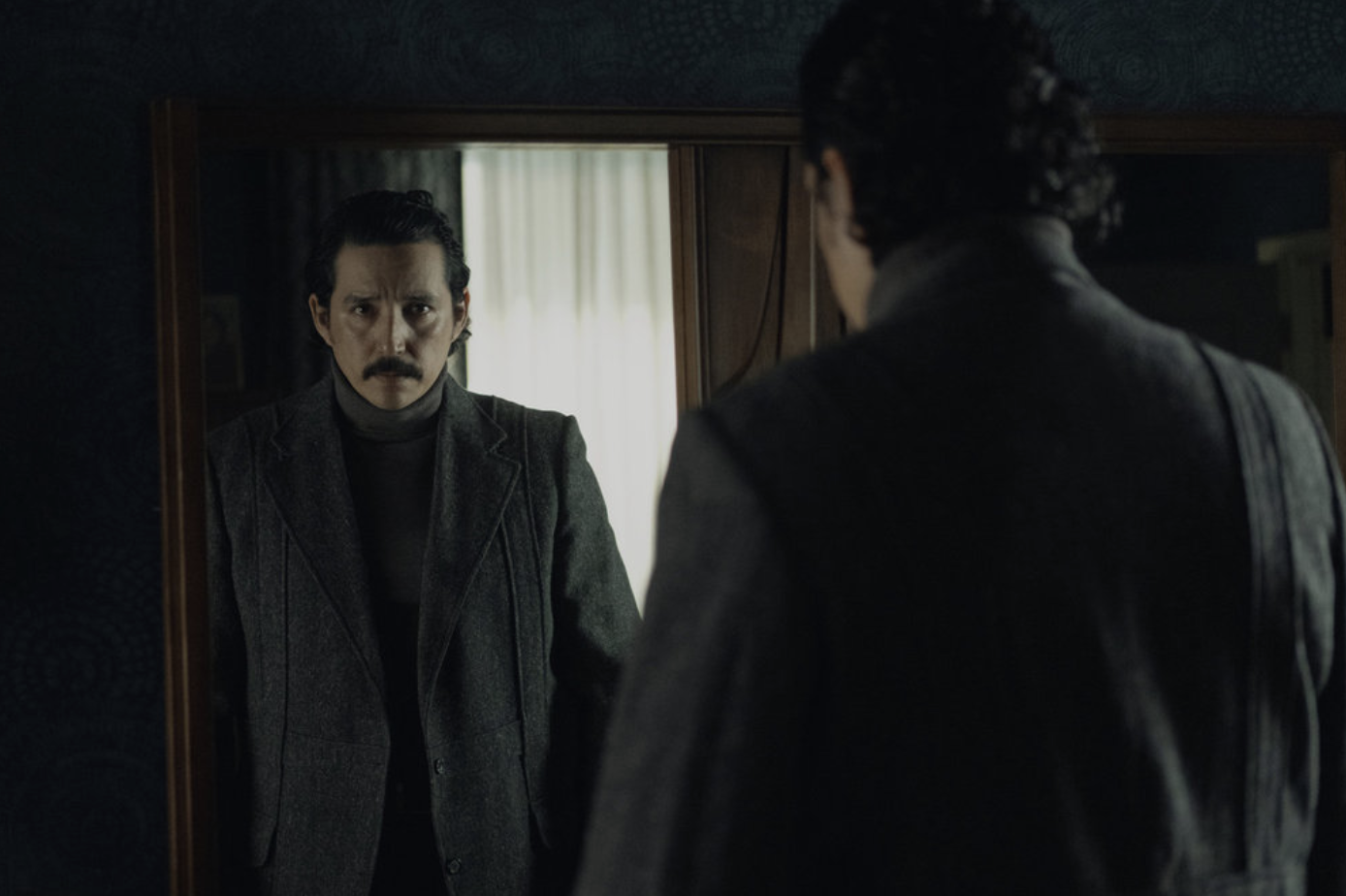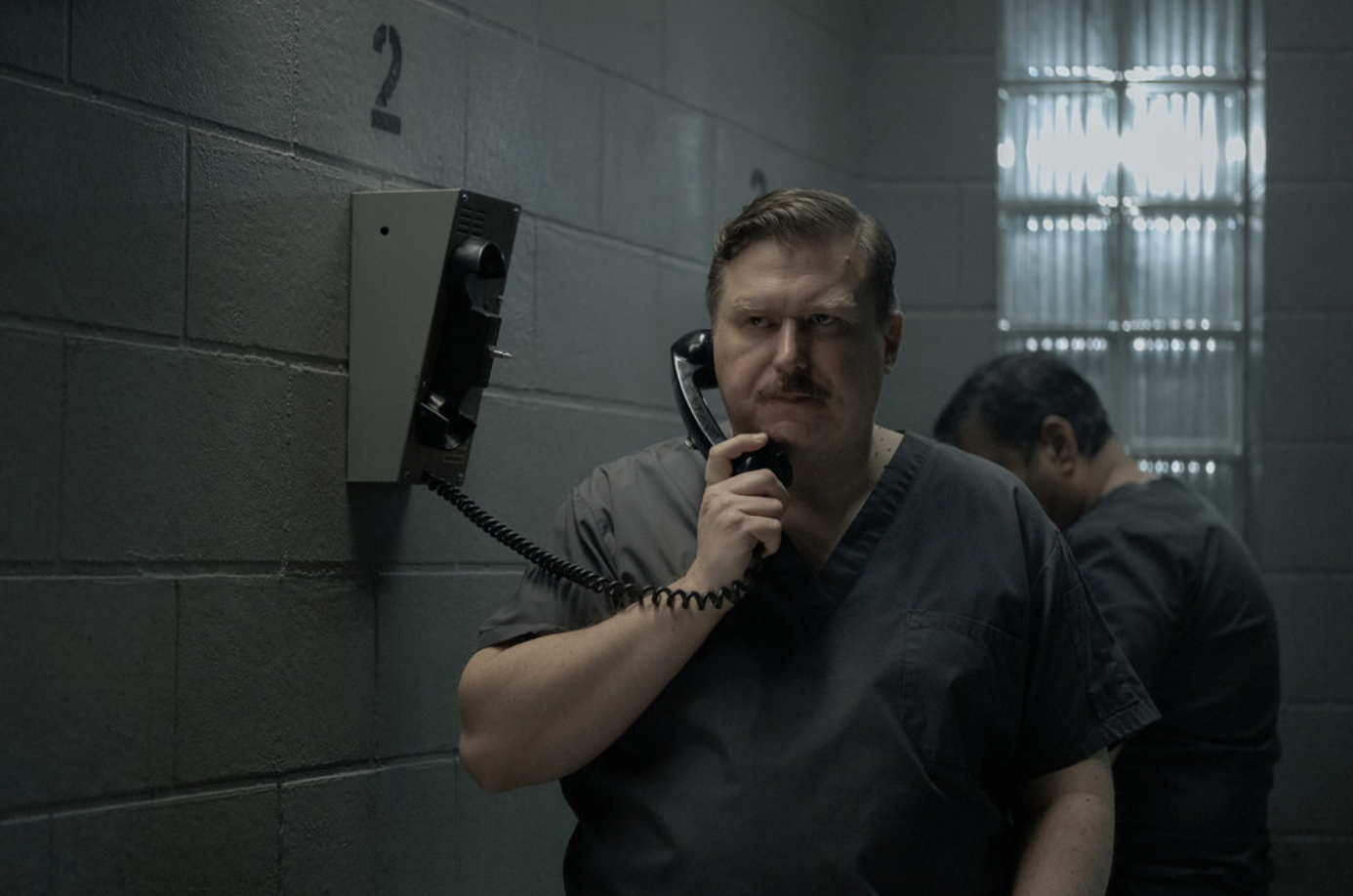From 1972 to 1978, John Wayne Gacy murdered at least 33 young men in the suburbs of Chicago, a horror buried beneath a veneer of respectability. He was the friendly neighbor, the contractor, the volunteer clown who entertained children. Devil in Disguise: John Wayne Gacy, the new eight-part limited series from showrunner Patrick Macmanus, revisits this nightmarish story through a lens that is more empathetic, more introspective, and far less exploitative than most true crime dramatizations.
While countless projects have tackled the Gacy case, few have done so with such an emphasis on the victims, their families, and the systemic failures that allowed his crimes to go unchecked for so long. Macmanus, known for The Girl from Plainville and Dr. Death, has said he agreed to make this series only under one condition: that it “focus on the victims as fully realized, three-dimensional people with lives and futures, not just as victims.” That mission is felt in every episode.
The show opens with a familiar Americana tableau. Eddie Money plays on a store radio, Christmas lights flicker through falling snow, and families bundle against the cold. This period authenticity is no accident. Production designer Rory Cheyne and costume designer Debra Hanson recreated 1970s Illinois in staggering detail, down to Gacy’s actual velvet clown paintings and the racing stripes leading into his bedroom. Even the gray-blue cinematography adds a ghostly weight to the story.
Michael Chernus, cast after an extensive search, delivers a chilling yet nuanced performance as Gacy. Macmanus and his team avoided the easy “killer clown” angle, correctly noting that Gacy never actually committed his murders in costume. Instead, Chernus plays him as what he truly was: a man of masks, a charming façade masking a void of empathy. “When you think about the last person you’d suspect,” Macmanus said, “he was the embodiment of that.” Chernus reportedly immersed himself in every available source, even visiting the original sites in Chicago, and it shows. His Gacy is disturbingly ordinary, at times almost pitiable, which only makes him more terrifying.
The supporting cast is equally strong. Gabriel Luna is superb as Detective Rafael Tovar, a composite of several investigators who worked the case. His performance brings compassion and quiet torment to a man forced to excavate the unimaginable, both literally and emotionally. Luna said he took the role only after being reassured that the show would treat real victims’ lives with respect, and his work radiates that integrity. James Badge Dale brings moral gravity as Chief Kozenczak, Chris Sullivan excels as prosecutor Bill Kunkle, and Michael Angarano shines as Gacy’s conflicted defense attorney, Sam Amirante, torn between duty and conscience.
Each episode layers new perspectives.
Episode 1 (“Ten Days”) tracks the disappearance of Robert Piest, the boy whose case finally broke the investigation open.
Episode 2 (“Johnny”) and Episode 3 (“Samuel and Randy”) weave together excavation scenes, flashbacks, and emotional fallout, with period-perfect needle drops like Big Star adding depth to the memories of the era.
Later episodes like “John” and “Jeffrey” dive into Gacy’s confessions, trial, and the lasting trauma of survivors like Jeffrey Rignall, one of the few to escape and testify against him.
As the series progresses, what emerges is less a retelling of Gacy’s crimes and more a study of grief, guilt, and the failures of institutions that ignored early warnings. It unflinchingly portrays the prejudices and social attitudes of the 1970s that left at-risk youth, many of them gay or transient, vulnerable and unseen. Partnering with GLAAD, The Trevor Project, and Covenant House, the show’s creators ensured that LGBTQ+ representation and youth advocacy were handled authentically and sensitively.
Stylistically, Devil in Disguise excels. The editing is tight, and the pacing balances procedural intensity with emotional depth. One of the most powerful visual choices comes in a scene where a cop’s reflection overlaps with Gacy’s face during a confession, a literal merging of good and evil that fades into focus as Gacy’s monstrous calmness takes center stage. It’s filmmaking that’s thoughtful rather than flashy.
Still, the show isn’t without flaws. Around Episode 7, the pacing starts to drag, weighed down by courtroom sequences that feel less urgent than earlier installments. Some of the victim backstories, while moving, stretch thin over hour-long episodes. But even when the show slows, its purpose remains clear.
What distinguishes Devil in Disguise from the sensationalism of Netflix’s Monster: The Jeffrey Dahmer Story is its restraint. There’s barely a drop of blood, yet it’s emotionally brutal. Instead of showing every act of violence, it lets viewers sit with the unbearable anticipation, the knowledge of what’s coming, and the grief of those left behind.
By the finale, when the series closes with Gacy’s execution and the emotional separation of victims’ families, the show earns its heartbreak honestly. An end title reminds us that his crimes spurred major legal reforms, including the creation of the National Center for Missing & Exploited Children and the introduction of Victim Impact Statements, a sobering reminder of the real-world consequences of horror.
Ultimately, Devil in Disguise: John Wayne Gacy is less about one man’s evil and more about the cracks that allowed it to thrive. It’s a beautifully acted, ethically produced, and socially conscious series that refuses to glorify violence. As Macmanus himself put it, “Storytelling in crime dramas should always be about glorifying the victims, not glorifying the murderer.”
Jessie Hobson








